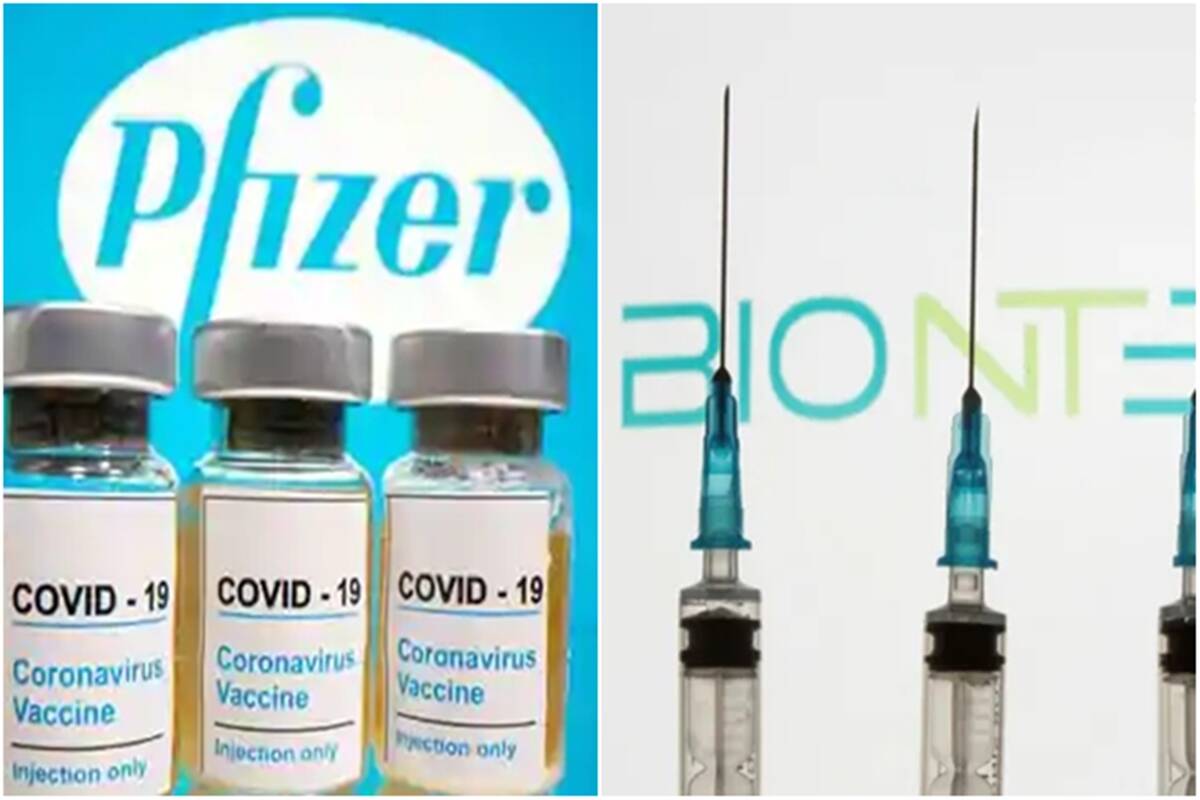Pfizer-BioNTech’s COVID-19 vaccine was the first to be approved for emergency use by the World Health Organisation, on December 31, 2020.
Here is a factsheet of the vaccine commonly known as the Pfizer vaccine:
Who developed it?
American pharmaceutical multinational Pfizer teamed up with German biotechnology company BioNTech to develop and test the vaccine.
What is its actual name?
The vaccine, commonly known by its developers’ names Pfizer-BioNTech, or simply Pfizer, is formally known as BNT162b2 or by its brand name, Comirnaty.
According to a joint press release by Pfizer and BioNTech, the name Comirnaty is a combination of words relevant to the development of the vaccine.
“The vaccine will be marketed in the EU under the brand name COMIRNATY, which represents a combination of the terms COVID-19, mRNA, community and immunity, to highlight the first authorization of a messenger RNA (mRNA) vaccine, as well as the joint global efforts that made this achievement possible with unprecedented rigor and efficiency, and with safety at the forefront, during this global pandemic,” the companies announced.
The vaccine is also known by the generic term tozinameran – a combination of an invented prefix “tozina” and a suffix “meran” derived from it being an mRNA vaccine.
How was it developed?
The Pfizer-BioNTech vaccine is known as a messenger ribonucleic acid (mRNA) vaccine. This is because, unlike traditional vaccines which use weakened or dead viruses to trigger an immune response, mRNA vaccines teach human cells how to make a protein that triggers an immune response inside the body. That immune response, which produces antibodies, is what guarantees protection when the real virus enters the body.
The SARS CoV-2 virus, which causes COVID-19, has spike proteins on its surface, which it uses to attach to and enter human cells.
The mRNA vaccine instructs the body to make copies of these protein spikes.
How does it fight SARS CoV-2, the virus causing COVID-19?
When the mRNA vaccine is injected into the body, through the upper arm muscle, the mRNA enters the immune cells and instructs them to produce copies of the protein spike. Once the protein piece is made, the cell breaks down the instructions (mRNA) and gets rid of them, leaving no trace. mRNA is only a carrier of information for a very brief period and does not integrate into human DNA.
mRNA is fragile and would ordinarily be rapidly destroyed by the body’s enzymes if it were to be injected directly. To counter this, Pfizer and BioNTech envelope the mRNA in protective oily bubbles.
Having received instructions to build the protein, the cell displays the spikes resembling those found on the SARS CoV-2 virus on its surface.
The body’s immune systems recognize the protein as a foreign object and start building an immune response and making antibodies.
This way, the body learns how to fight future infection by the actual SARS CoV-2 virus.
Storage
Because mRNA is fragile and would disintegrate at room temperature, it requires storage at very low temperatures. This is because chemical reactions, including enzymes breaking down RNA, are significantly slowed down at very low temperatures.
Pfizer says its vaccine needs to be kept at minus 70 degrees celsius and can last in a specialty freezer for up to six months.
This storage requirement has been cited as a possible reason why the Pfizer-BioNTech vaccine might not do well in African countries where the requisite energy and cold chain infrastructure might not be readily available.
Doses
The Pfizer-BioNTech vaccine requires two injections, given 21 days apart, to prime the immune system well enough to fight off the coronavirus. But because the vaccine is so new, researchers don’t know how long its protection might last.
Efficacy and effectiveness
Vaccine efficacy and effectiveness are often confused and used interchangeably.
Efficacy measures the performance of a vaccine measured during a clinical trial, while effectiveness refers to how well the vaccine does in the real world.
In November 2020, Pfizer and BioNTech reported that their vaccine had a 95% efficacy rate.
And no, this does not mean that the vaccine protects 95 out of every 100 people who get inoculated.
Rather, it compares the number of people who get infected from those vaccinated and those who were not.
In the Pfizer-BioNTech case, 43,661 volunteers took part in the phase three vaccine trials, half receiving the vaccine and the other half only getting shots of salt water. Pfizer-BioNTech then waited for 170 people to show symptoms of COVID-19, which was then confirmed by positive tests.
Out of the 170 selected people, 162 had received a placebo shot, and eight had received the real vaccine. This means only 5% of people in the vaccinated group experienced infections, compared to 95% in the unvaccinated group, translating to 95% vaccine efficacy.
Sources: Pfizer-BioNTech, US Centres for Disease Control, WHO, New York Times.
Do you want to use our content? Click Here












